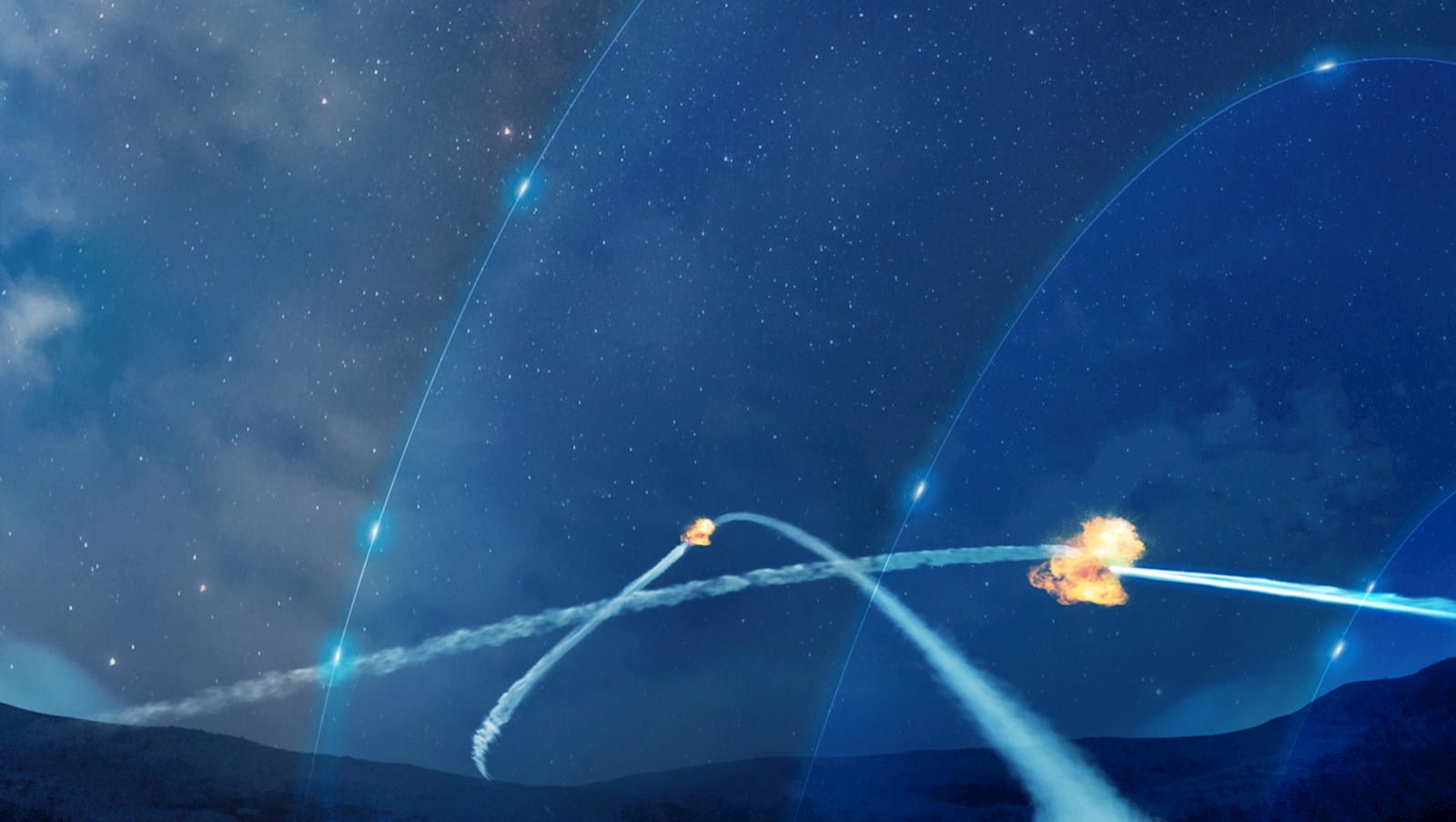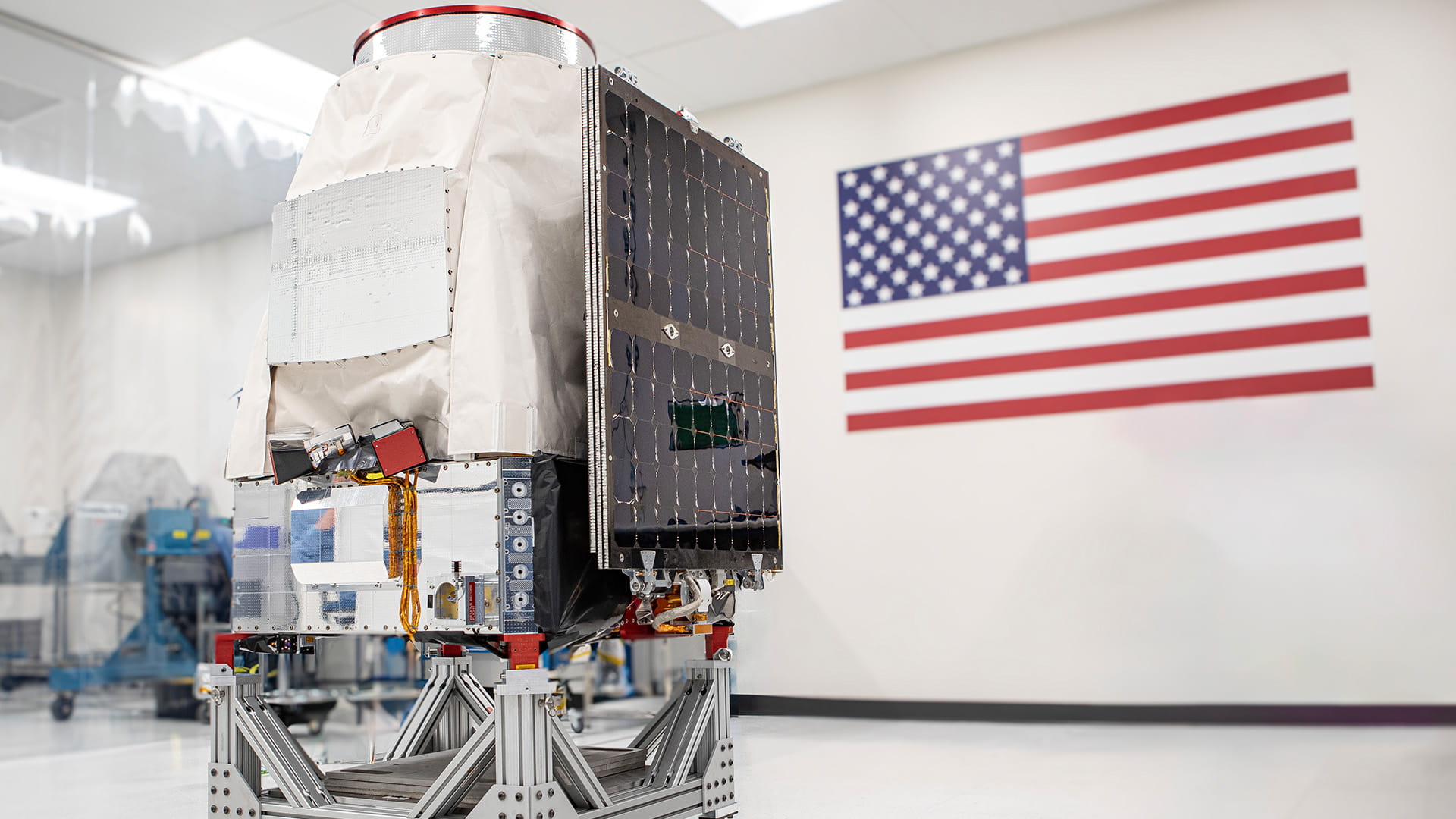Layers of protection
Effective missile defense is built from the ground up to space
Early in the Cold War, manned bombers carrying nuclear weapons represented the world's greatest threat.
Bombers are still a factor in the nuclear threat today, but they've been joined by newer, dangerous technologies. Along with such weapons as cruise missiles or stealth fighter aircraft with precision weapons, the U.S. and its allies still face the prospect of ballistic missiles.
The best defense: a layered approach, which offers multiple opportunities to destroy missiles before they reach their targets. The U.S. uses three types of missile defense, according to the Department of Defense: tactical, short-range missiles, with a range of about 50 miles; medium-range missiles, ranging up to about 200 miles; and long-range, intercontinental missiles that can hit anywhere on Earth.
“There’s no one-size-fits-all approach,” said Bob Kelley, a former colonel in the U.S. Army and now a director at Raytheon Missiles & Defense, a business of Raytheon Technologies. “That’s why you want to have short-, medium- and long-range air defenses all working together.”
Raytheon Missiles & Defense produces an end-to-end suite of layered defense technologies, including a range of sensors and interceptors that can strike attacking ballistic missiles in the Earth’s atmosphere and in space.
Beating ballistic missiles
Raytheon Missiles & Defense interceptors can shoot down ballistic missiles in the midcourse and terminal phases of flight. The business is working to develop systems that can destroy missiles in the boost phase, the earliest stage of flight. That’s when the main boost rocket is firing, and the missile is thrusting to gain velocity to reach the target. It’s the most challenging time to engage a missile, because the intercept window is just one to five minutes.
“Having a good early warning layer helps inform defenders about the intent, speed and location of a threat,” said Bryan Rosselli, vice president of strategic missile defense at Raytheon Missiles & Defense.
The Space Tracking and Surveillance System, developed by Raytheon Technologies for Northrop Grumman, watches for ballistic missiles, monitors space objects and relays intelligence data from low Earth orbit. It uses what is known as “boost-to-intercept” tracking — meaning it can see a ballistic missile from the moment it launches to the moment a defensive strike destroys it.
Then there’s the midcourse phase, starting when the attacking missile’s booster rocket burns out and it begins hurtling in space toward the target at more than Mach 6, or 4,500 mph. It’s the longest phase of the missile’s flight, lasting up to 20 minutes.
Raytheon Technologies makes the non-explosive kill vehicles, which destroy missiles from sheer impact, for two of the United States’ midcourse defensive systems: the Exoatmospheric Kill Vehicle, or EKV, aboard the Ground-Based Interceptor, and the U.S. Navy’s Standard Missile-3.
After receiving tracking and targeting data from the company’s sea-based X-band radar or land-based AN/TPY-2 radar, the EKV identifies the target, discriminates between the target and countermeasures, maneuvers into the target's path and destroys it using "hit-to-kill" technology.
The SM-3® interceptor also destroys its targets with sheer impact. It’s the only ballistic missile interceptor that can be launched from sea, with the Aegis Ballistic Missile Defense System, or land, using the Aegis Ashore Weapon System. The SM-3 IIA is the latest variant, with larger rocket motors and a bigger kinetic warhead.
The final stage of flight, called terminal, begins when a ballistic missile reenters the atmosphere, giving defenders a final chance to engage the weapon before it hits its intended target. The U.S.. and its allies use three terminal phase missile defense systems: Terminal High Altitude Area Defense, or THAAD; Patriot™ air and missile defense system; and Aegis BMD.
“Having defensive layers for each of these phases creates a comprehensive missile defense system,” Rosselli said.
Watching the skies
Having powerful systems to destroy ballistic missiles is one thing. Picking those missiles out of a sky full of innocuous objects is another. The AN/TPY-2 radar, built by Raytheon Missiles & Defense, is able to identify a single threat in a sky filled with objects. SM-3 can launch using target-tracking data from AN/TPY-2, testing has shown.
On the sea, the company's AN/SPY-6(V)1 radar, or SPY-6, works with SM-3 and the SM-6® missile to help ships detect, acquire and track ballistic missiles and other dangers.
For threats closer to cities, military bases and critical infrastructure, 17 nations have chosen Patriot as their go-to defender. Patriot is a long-range, high-altitude, all-weather system that has been tested with Army oversight more than 3,000 times under real-world conditions.
In 2019, the Army selected Raytheon Technologies' Lower Tier Air and Missile Defense Sensor — also known as LTAMDS — as its new radar for the Integrated and Missile Defense network. The 360-degree Active Electronically Scanned Array radar is powered by gallium nitride, a semiconductor material that strengthens the radar signal and enhances sensitivity.
Staying ahead
Behind every effective defense is a smart system.
Raytheon Technologies offers its Cooperative Engagement Capability, or CEC. It bundles targeting data from ships, aircraft and ground troops all over the world into a single, readable picture, sharing it with allies in real time.
“Every action the U.S. does to improve its defenses is met with a reaction by our enemies,” Kelley said. “It’s the old adage that the sum is greater than the individual parts — when you can put together a layered defense, it allows you to have an effective defense against a broad threat spectrum.”


